Your time in Triangle Strategy will be spent mostly in combat, but there will be plenty of times when swords will be left in the scabbard.
Unlike many other tactical role-playing games on the market, Triangle Strategy features Exploration mechanics that allow players to interact with NPCs, find extra items, and much more.
Here’s how Exploration phases work and how to make the most of them.
How Does Exploration Work in Triangle Strategy
Exploration phases in Triangle Strategy let players take control of Serenoa and explore a variety of locations. During these phases, which are indicated on the map with a magnifying glass or by the Scales of Conviction icon, you can interact with NPCs to increase Serenoa’s Convictions, gather clues on how to proceed with the campaign, survey a battlefield to learn more about traps and unique features, purchase items from Itinerant Merchants and discover extra items.
Finding extra items during Exploration phases is extremely important, given how very few weapon upgrade items can be purchased from the trader in the Encampment. You will find these items by interacting with the shining objects on the map. There are actually quite a few of them to find in the explorable maps, so make sure to check every nook and cranny, and even inside houses.
Outside of a few exceptions, Exploration phases are almost entirely optional. When you have had enough, you can the + button to end one and move the story along. Do note that clues and additional responses are unlocked by interacting with NPCs, so if you need to convince a member of your army before a Voting Phase, you will not want to skip Exploration Phases entirely every time.

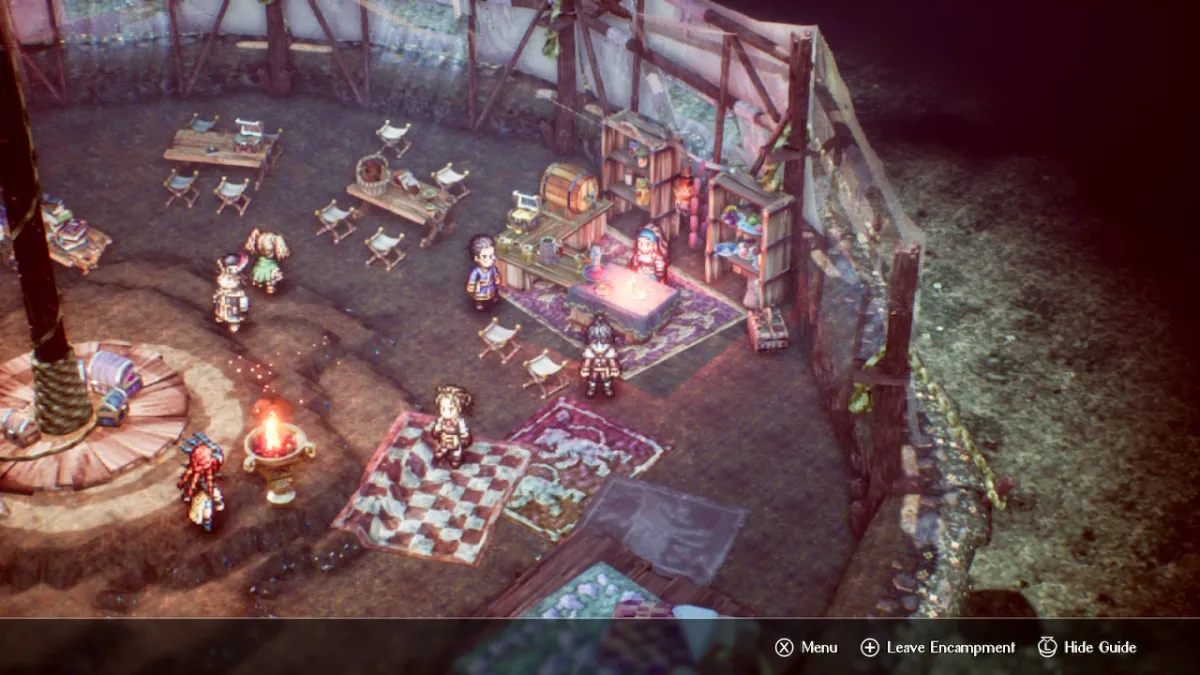
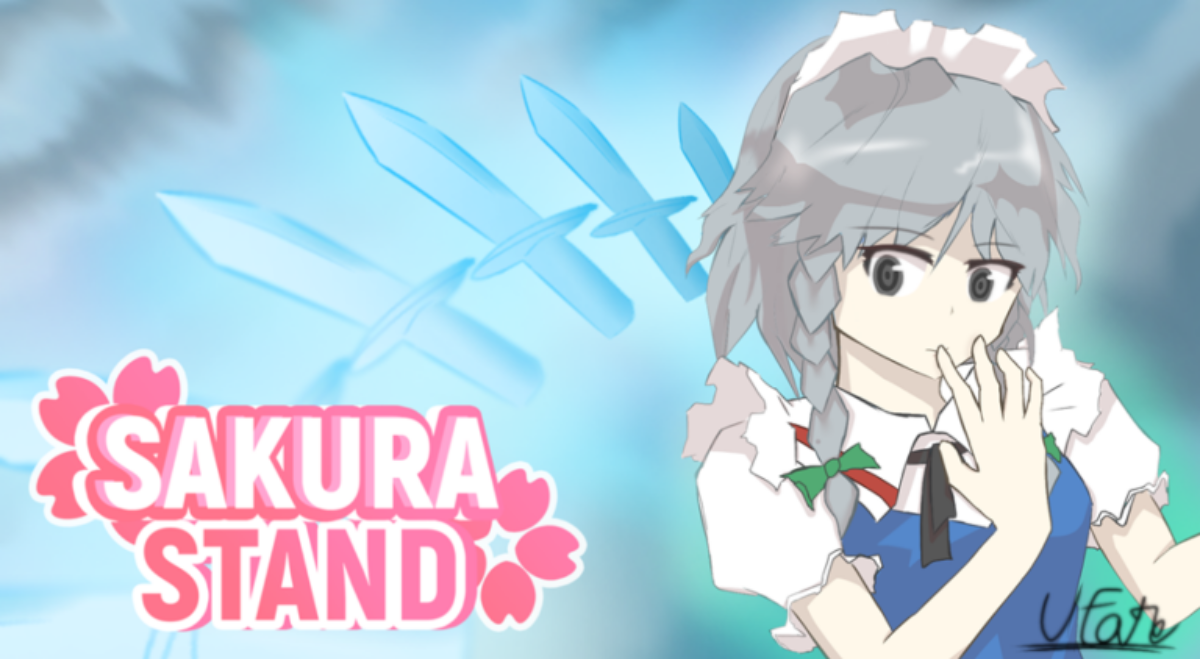
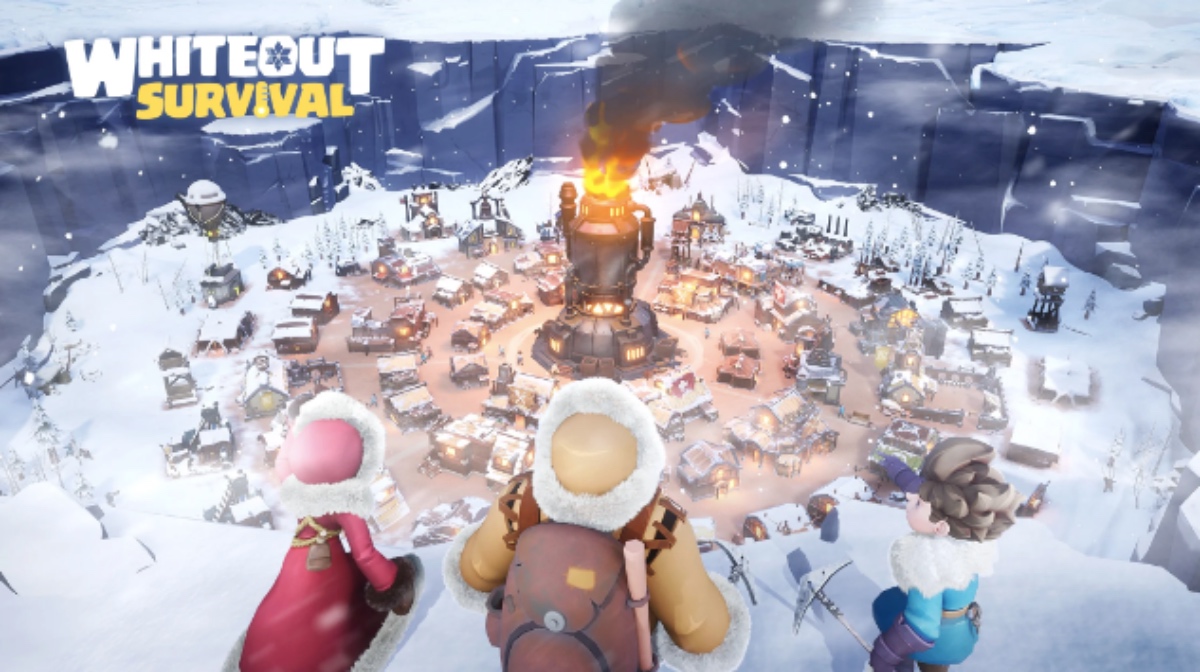
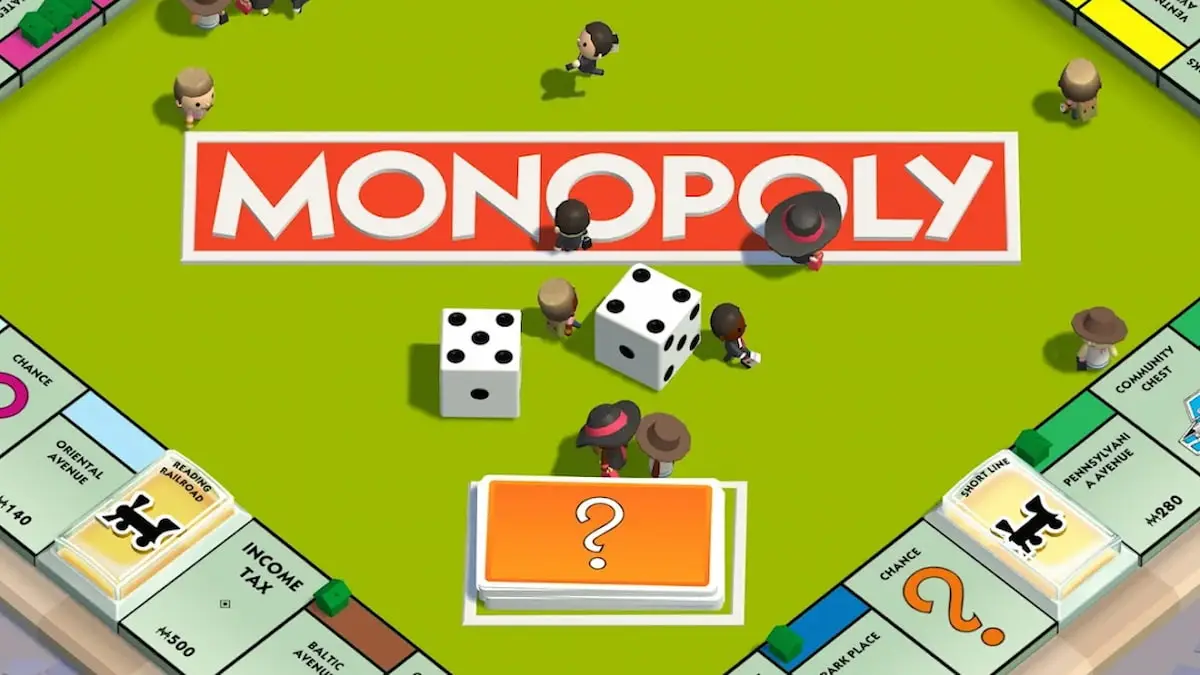

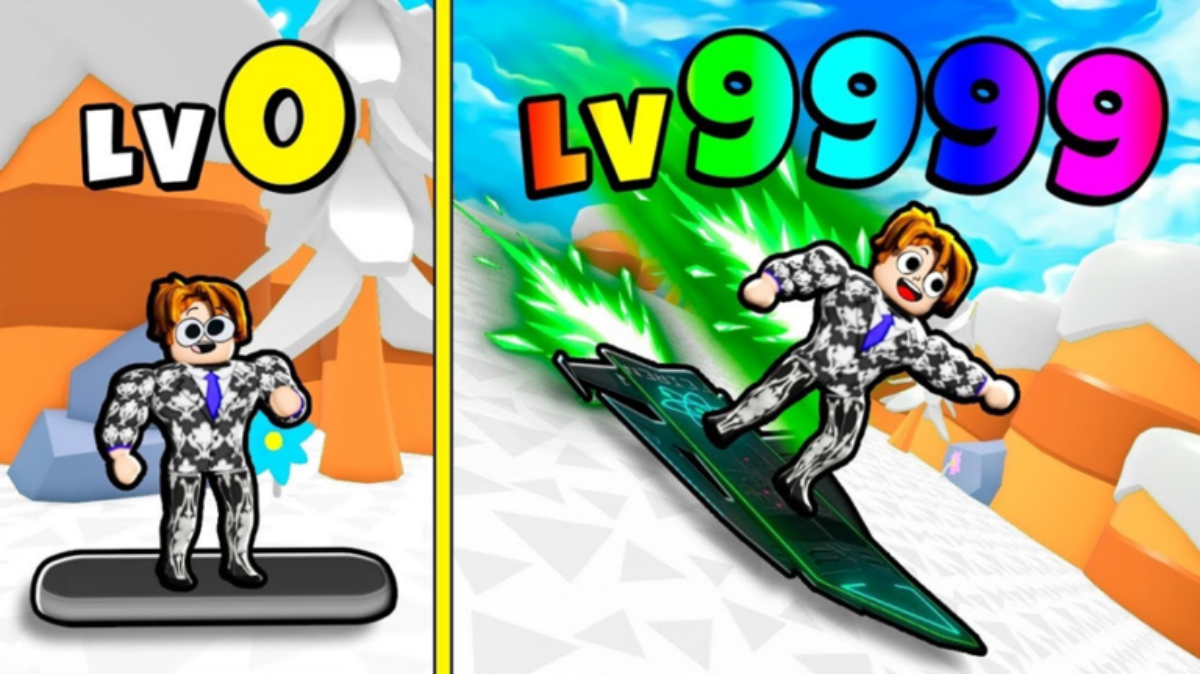
Write A Comment
How Does Exploration Work in Triangle Strategy